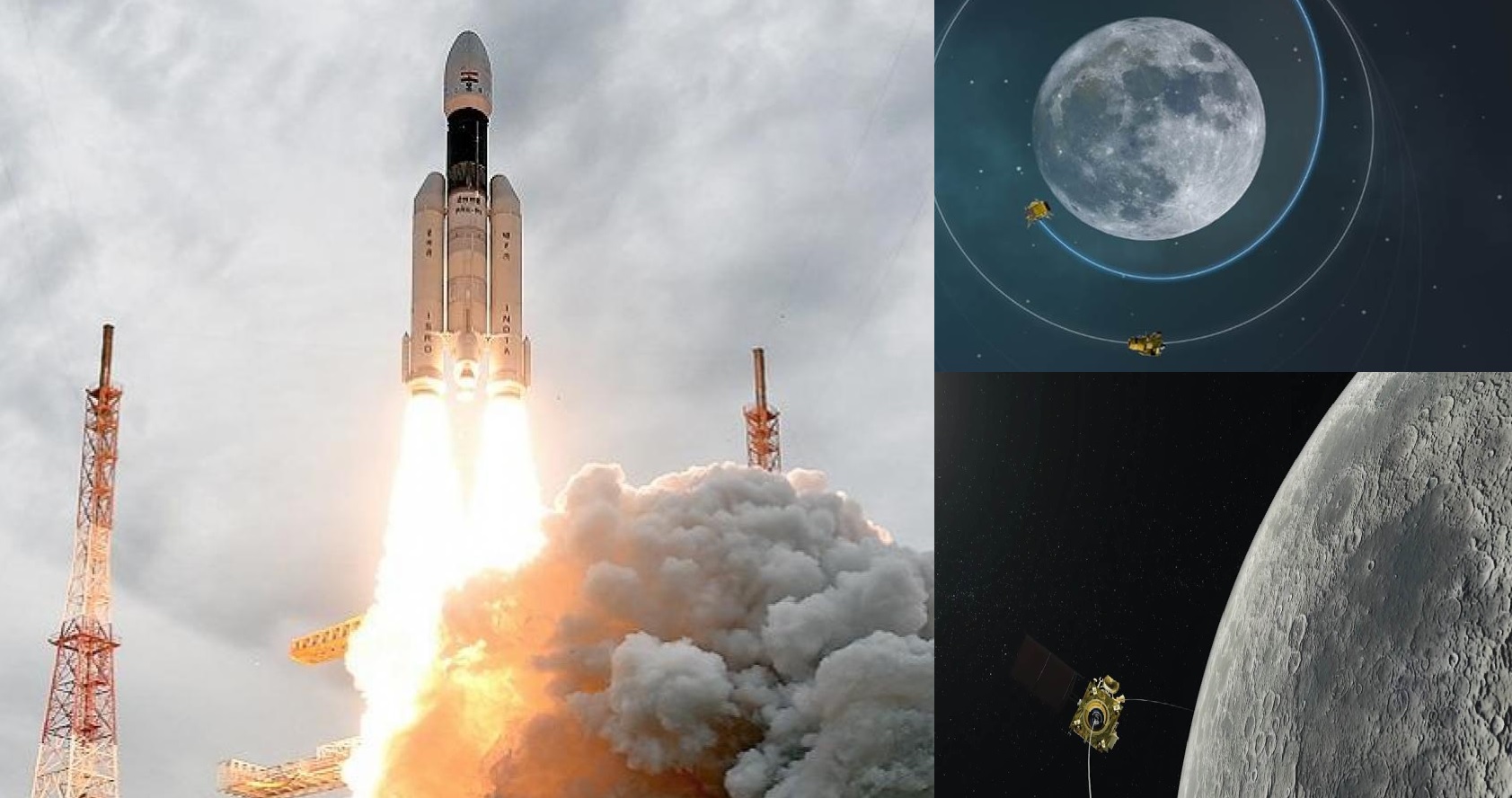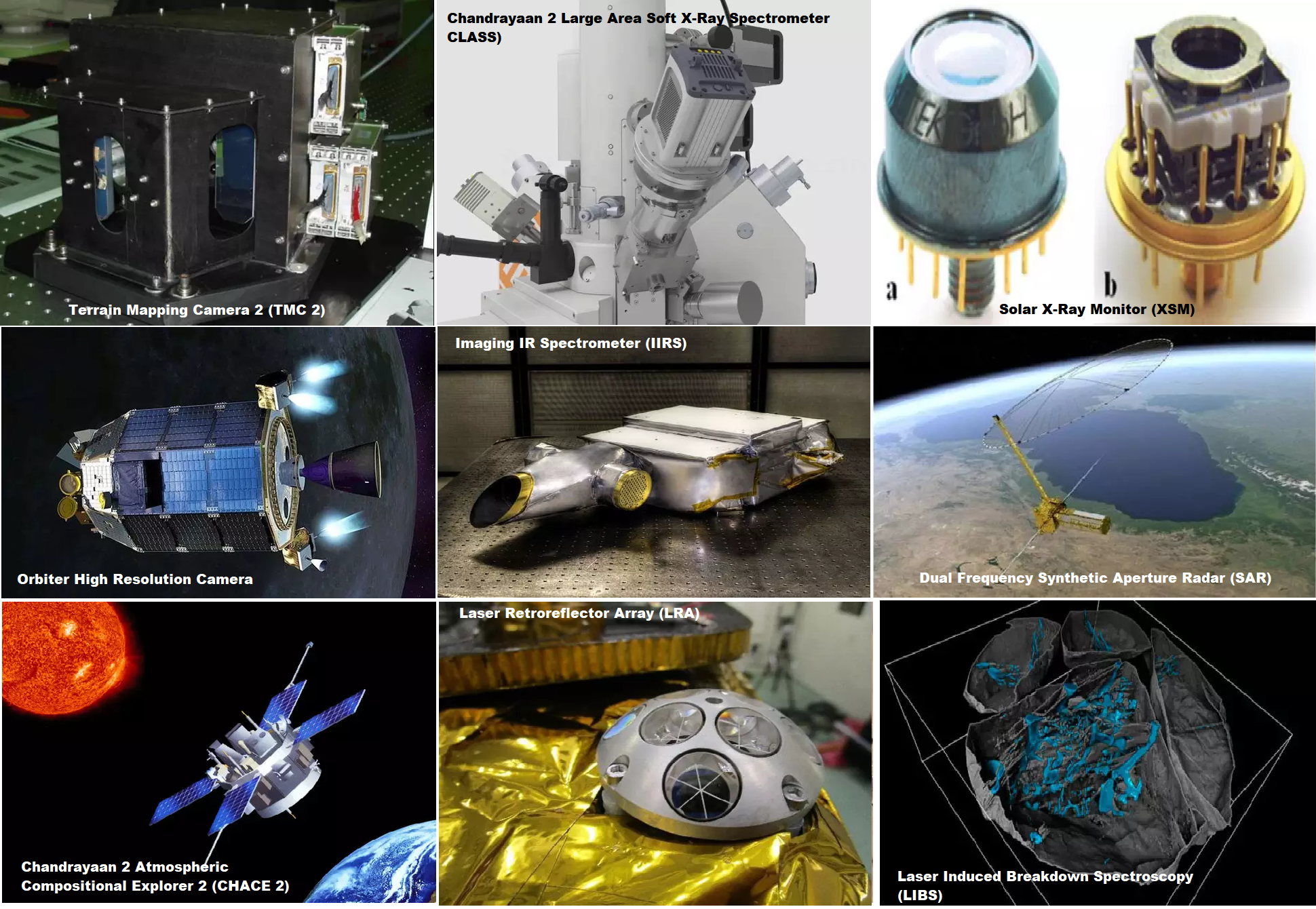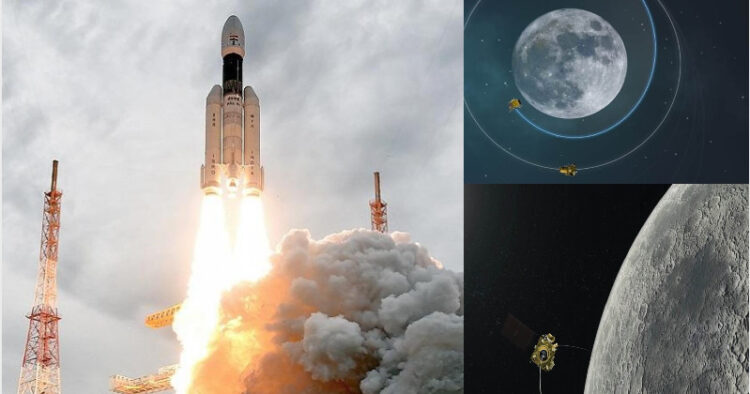Success criteria of Chandrayaan-2 were defined for each and every phase of the mission and so far 90 to 95% of the mission objectives have been accomplished and will continue to contribute to Lunar science.
– Prof. K VijayRaghavan

Since the launch of Chandrayaan-2 on July 22, 2019, India and the world watched its progress from one phase to the next with great expectation and excitement. The Chandrayaan-2 mission is very complex, and a significant technological leap from previous missions of ISRO. This brought together an Orbiter, Lander and Rover to explore the unexplored south polar region of the Moon. This unique mission, aimed at studying not just one area of the Moon but also its exosphere, the surface and sub-surface in a single mission.
The Orbiter has already been placed in its intended orbit around the Moon and shall enrich our understanding of the moon’s evolution, map minerals, water molecules in the polar regions, using its eight state-of-the-art scientific instruments. The precise launch and mission management has ensured a long life of almost 7 years instead of the planned one year. Here is an list of cutting-edge science that will come from the orbiter.
The Orbiter camera is the highest resolution camera (0.3m) in any lunar mission so far and has already started providing high-resolution images which will be immensely useful to the global scientific community. Orbiter camera: The pictures I saw this morning were truly extraordinary. TMC 2 is a miniature version of the Terrain Mapping Camera used onboard the Chandrayaan 1 mission. TMcv2’s primary objective is mapping the lunar surface in the panchromatic spectral band (0.5-0.8 microns), high spatial resolution(5m), swathe(20 km from 100 km lunar polar orbit). Data will give clues about the Moon’s evolution, prepare 3D maps of the lunar surface.
CLASS measures X-ray Fluorescence (XRF) spectra to detect elements such as Magnesium, Aluminium, Silicon, Calcium, Titanium, Iron, and Sodium. The XRF technique will detect these elements by measuring the characteristic X-rays they emit when excited by the Sun’s rays. XSM observes the X-rays emitted by the Sun and its corona, measures the intensity of solar radiation in these rays, and supports CLASS. Provides solar X-ray spectrum in the energy range of 1-15 keV. XSM will provide high-energy resolution and high-cadence measurements (full spectrum every second) of solar X-ray spectra as input for analysis of data from CLASS.
Imaging Infra-red spectrometer (IIRS) has two primary objectives: i. global mineralogical and volatile mapping of the Moon in the spectral range of ~0.8-5.0 µm for the first time, at the high resolution of ~20 nm. IIRS second objective: Complete characterization of water/hydroxyl feature near 3.0 µm for the first time at high spatial (~80 m) and spectral (~20 nm) resolutions. One more from IIRS: will also measure solar radiation reflected off the Moon’s surface in 256 contiguous spectral bands from 100 km lunar orbit. Dual-frequency (L and S) synthetic aperture radar (SAR) will provide enhanced capabilities compared to Chandrayaan 1’s S-band miniSAR in areas such as: L-band for greater depth of penetration (About 5m — twice that of S-band).
SAR: Circular and full polarimetry — with a range of resolution options (2-75 m) and incident angles (9°-35°) — for understanding scattering properties of permanently shadowed regions. SAR: The main scientific objectives of this payload are: High-resolution lunar mapping in the polar regions. Quantitative estimation of water-ice in the polar regions. Estimation of regolith thickness and its distribution.
Chandrayaan Atmospheric compositional explorer 2 (CHACE 2) will continue the CHACE experiment carried out by Chandrayaan 1. CHACE 2 is a Quadrupole Mass Spectrometer (QMA) capable of scanning the lunar neutral exosphere in the mass range of 1 to 300 amu with the mass resolution of ~0.5 amu. CHACE 2’s primary objective is to carry out an in-situ study of the composition and distribution of the lunar neutral exosphere and its variability.
Dual Frequency Radio Science Experiment (DFRS) To study the temporal evolution of electron density in the Lunar ionosphere. DFRS: Two coherent signals at X (8496 MHz), and S (2240 MHz) band are transmitted simultaneously from satellite, and received at ground-based deep station network receivers. The Vikram Lander followed the planned descent trajectory from its orbit of 35 km to just below 2 km above the surface.

All systems and sensors of the Lander functioned excellently until this point. Tested and proved many new technologies such as the variable thrust propulsion technology used in the Lander. Success criteria were defined for each and every phase of the mission and so far 90 to 95% of the mission objectives have been accomplished and will continue to contribute to Lunar science. notwithstanding the loss of communication with the Lander.
ISRO project review teams made presentations to mission management, Chaired by Dr. Sivan right through the early hours of today onward. They are already addressing causes and learning from the events. After a moment of despondency, it is back to work!! It is inspirational to see this characteristic of science in collective action. Kudos to ISRO.
(Author is the Principal Scientific Adviser to the Government of India. This article is a compilation of his tweets)














Comments